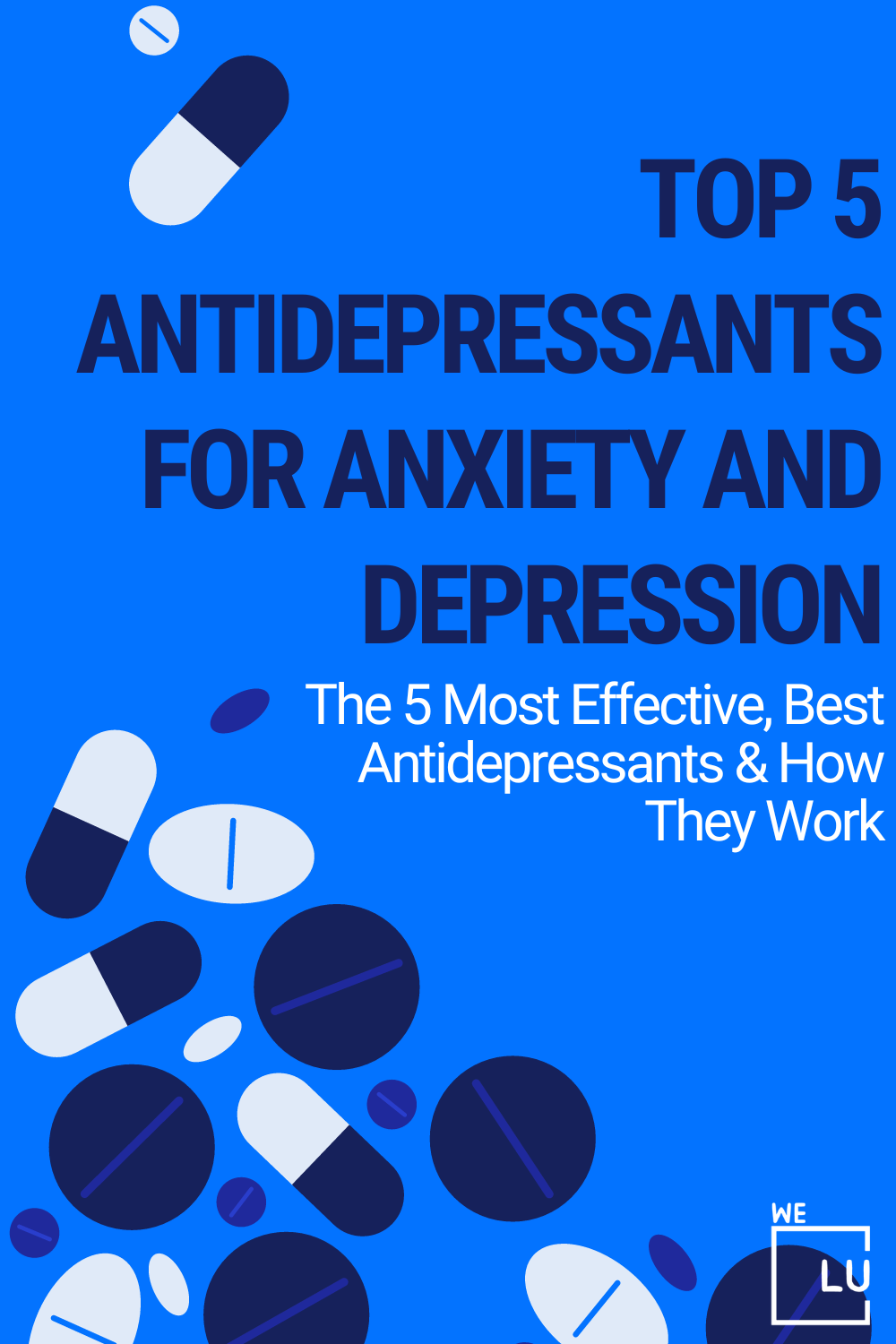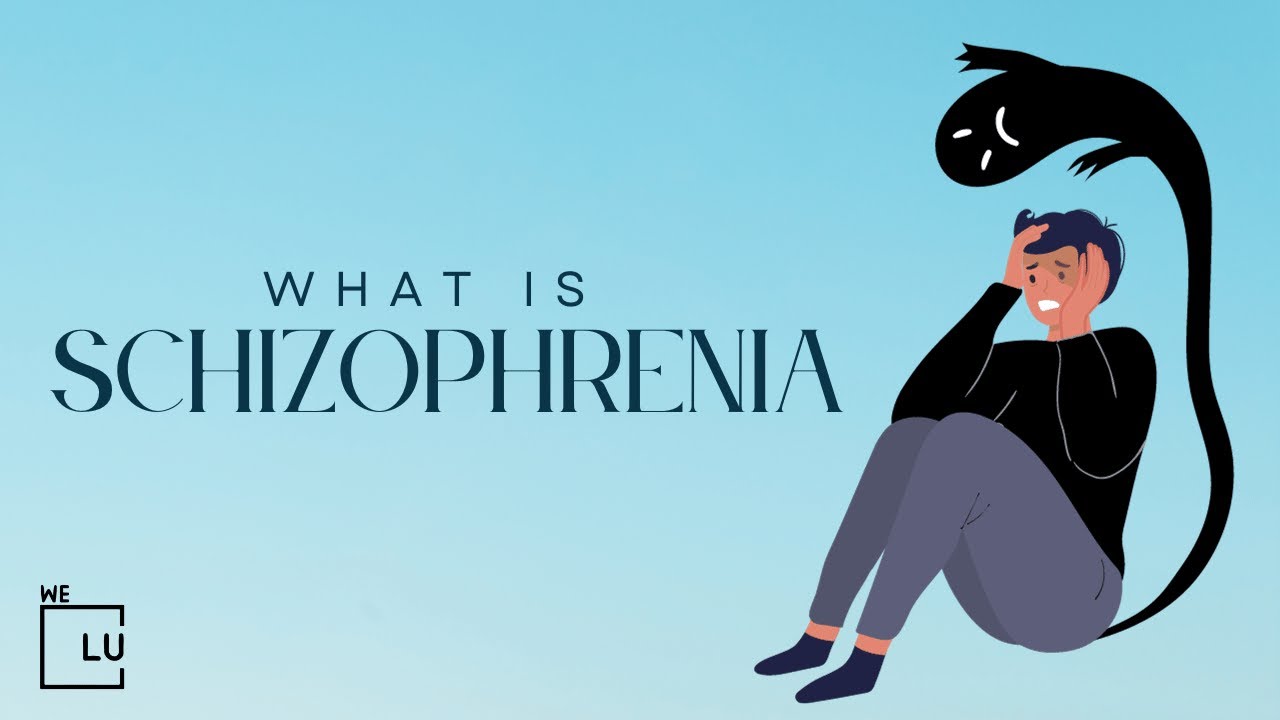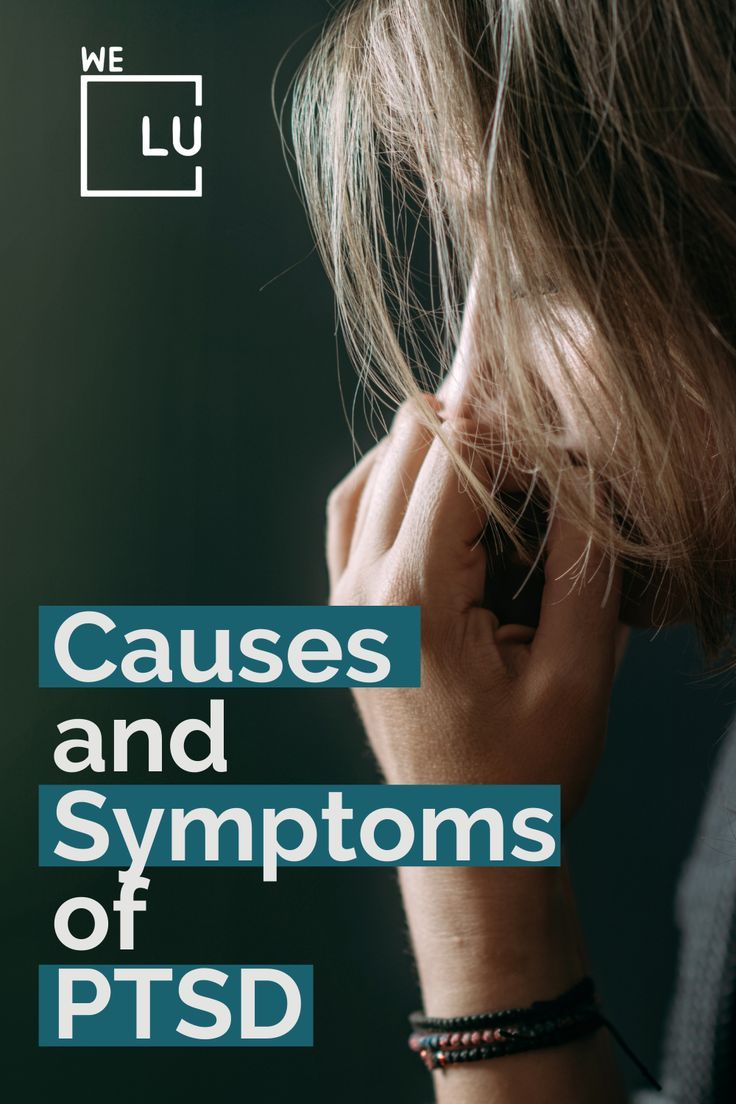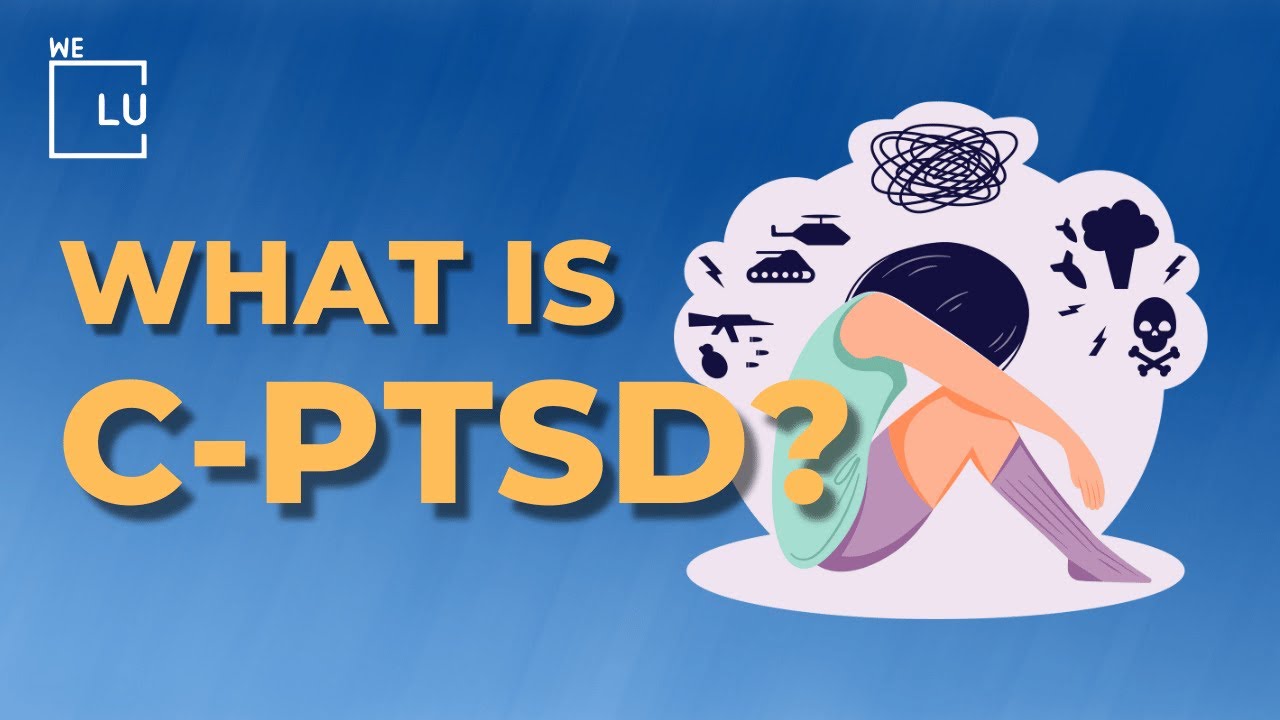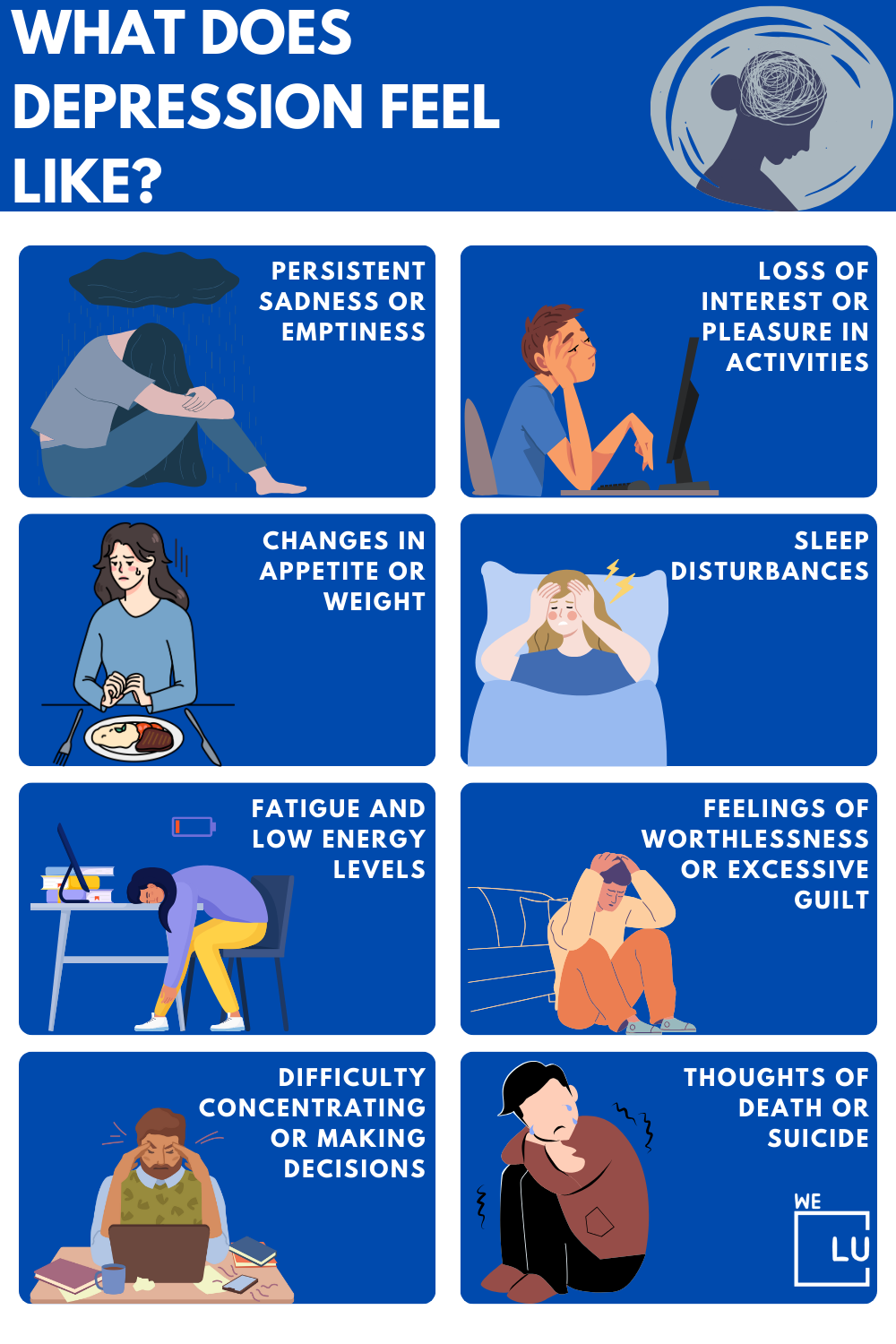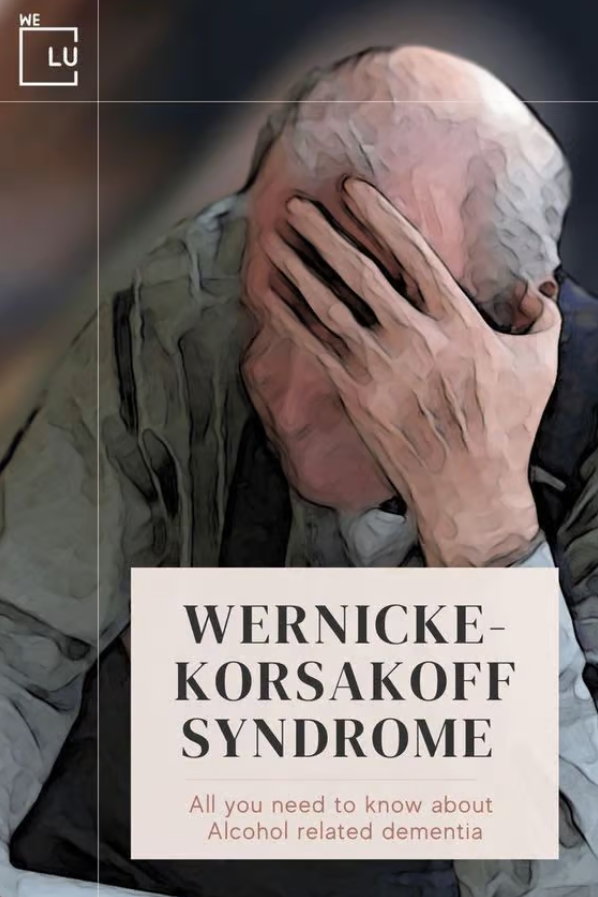What Is Harm OCD?
Harm OCD. This variant of OCD revolves around distressing and intrusive thoughts that involve causing harm to oneself or others, sparking immense anxiety in those who experience it. In this article, we delve into the depths of Harm of OCD, shedding light on its signs, symptoms, and available treatments. By unraveling the complexities of this condition, we aim to foster a better understanding of this OCD and offer guidance to those seeking insights into their own experiences or the struggles of their loved ones.
At We Level Up Treatment Center, our experienced therapists are dedicated to addressing Harm OCD through evidence-based therapies.
Self Harm OCD
Self-harm OCD, also known as Harm OCD or Harm Obsessions in the context of obsessive-compulsive disorder (OCD), is a specific subtype of OCD characterized by distressing and intrusive thoughts related to causing harm to oneself. Individuals with Self-harm OCD experience obsessive thoughts that revolve around the fear of intentionally hurting or injuring themselves, even though they have no actual desire or intention to do so.
These intrusive thoughts can be graphic, vivid, and deeply disturbing, causing intense anxiety, guilt, and distress. Despite the distress these thoughts cause, individuals with self-harm OCD typically find them to be against their true desires and values. They often engage in compulsive behaviors to reduce their anxiety or prevent the feared harm from occurring.
It’s crucial to note that having these intrusive thoughts does not mean that the person wants to engage in self-harm; instead, the thoughts are a product of the OCD mechanism that causes the brain to latch onto and exaggerate fears and doubts. People with Self Harm OCD might engage in rituals or compulsions to try to neutralize distressing thoughts, such as checking, avoiding particular objects, seeking reassurance, or performing mental rituals.
Understanding that Self Harm OCD is a product of a mental health condition and not a reflection of the individual’s true intentions is crucial in providing empathy and support to those affected.
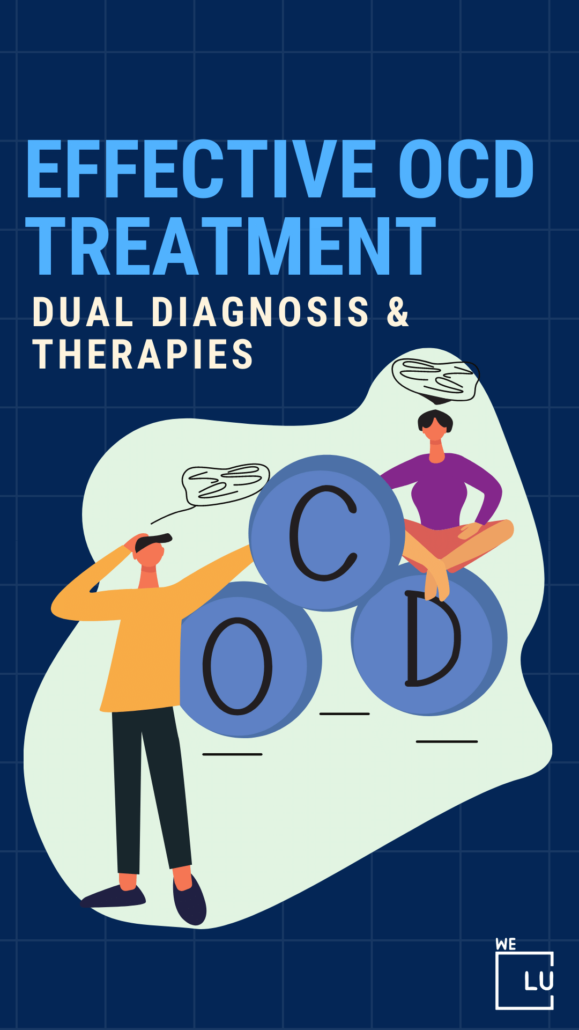

Skip To:
Learn More:
- Contamination OCD Symptoms and Treatment. Emotional Contamination OCD.
- Free OCD Quiz. Online Do I Have OCD Test For Adults? Easy OCD Symptoms Test. Confidential Do I Have OCD Quiz.
- OCD Medication Side Effects. Find the Best Medication for OCD Intrusive Thoughts and Anxiety.
- A Guide to Relationship OCD. Relationship OCD Symptoms & Causes.
- Is OCD An Anxiety Disorder? Here’s The link
- OCD and Depression: What’s The Link?
Get Help. Get Better. Get Your Life Back.
Searching for Accredited Dual Diagnosis Mental Health Centers Near You?
Even if therapy failed previously, or are in the middle of a difficult crisis, we stand ready to support you. Our trusted behavioral health specialists will not give up on you. When you feel ready or just want someone to speak to about counseling alternatives to change your life call us. Even if we cannot assist you, we will lead you to wherever you can get support. There is no obligation. Call our hotline today.
FREE 24/7 Dual Diagnosis Mental Health Services HotlineOCD Fact Sheet
OCD Overview
Obsessions with excessive ideas trigger recurrent behaviors (compulsions). Unreasonable worries and obsessions (compulsive behaviors) are hallmarks of obsessive-compulsive disorder.
OCD frequently centers on ideas like a dread of germs or the requirement to organize objects in a certain way. Symptoms typically appear gradually and change over time. Both conversation therapy and medication are used as treatments.
OCD Symptoms
Behavioral: compulsive behavior, agitation, compulsive hoarding, hypervigilance, impulsivity, meaningless repetition of own words, repetitive movements, ritualistic behavior, social isolation, or persistent repetition of words or actions.
Mood: Anxiety, apprehension, guilt, or panic attack.
Whole body: fatigue or sweating.
Also standard are food aversion, nightmares, or rumination.
Types of OCD Disorders
- Contamination OCD.
- Checking OCD.
- Harm OCD.
- Hoarding OCD.
- Pure-O (Purely Obsessional) OCD.
- Symmetry and Ordering OCD.
- Sexual Orientation OCD.
- Relationship OCD.
- Religious OCD (Scrupulosity).
- Health Anxiety OCD.
Harm OCD Statistics
- Prevalence of OCD: Obsessive-Compulsive Disorder (OCD) is estimated to affect around 1-2% of the global population. It’s a relatively common mental health disorder.
- Harm OCD Subtype: Harm OCD is a specific subtype of OCD that involves intrusive thoughts about causing harm to oneself or others. It’s one of the many variations of OCD, which can include different themes like contamination, symmetry, and checking.
- Common Theme: Harm OCD is considered one of the more common obsessional themes within the OCD spectrum.
- Age of Onset: OCD often develops in childhood, adolescence, or early adulthood. The average age of onset is around 19 years, although symptoms can start at any age.
- Gender Distribution: OCD affects both males and females equally. However, some studies suggest that certain subtypes, like Harm OCD, might have a slightly higher prevalence in males.
2.5 million
OCD affects 2.5 million adults or 1.2% of the U.S. population.
Source: National Institute on Mental Health
25%
The average age of onset is 19, with 25% of cases occurring by age 14. One-third of affected adults first experienced symptoms in childhood.
Source: ADAA
3x
Women are 3x more likely to be affected than men.
Source: ADAA
Signs of OCD Harm
Signs of Harm OCD, a subtype of obsessive-compulsive disorder (OCD), can include:
- Intrusive Thoughts: Unwanted, distressing thoughts about causing harm.
- Fear and Anxiety: Intense fear of acting on those thoughts.
- Compulsions: Repetitive behaviors to ease anxiety, like checking or counting.
- Avoidance: Avoiding triggers linked to the thoughts.
- Emotional Distress: Feeling extreme guilt and shame.
- Rumination: Overthinking the meaning of the thoughts.
- Reassurance Seeking: Constantly seeking reassurance from others.
- Interference: Impact on daily life, work, and relationships.
Remember, a mental health professional can provide accurate diagnosis and tailored guidance if you or someone you know is experiencing these signs.


End the Emotional Pain. Get Your Life Back.
Feeling Depressed, Anxious or Struggling with Mental Health Illness? Get Safe Comfortable Mental Health Dual Diagnosis High-Quality Therapy From Counselors That Care. Begin Your Recovery Now.
Hotline (855) 940-6125Harm OCD Symptoms
Symptoms of Harm OCD, also known as Harm Obsessions, include:
- Intrusive Thoughts: Recurrent and distressing thoughts about causing harm to oneself or others. These thoughts can involve violent or graphic imagery and often feel uncontrollable.
- Fear and Anxiety: Intense fear and anxiety triggered by intrusive thoughts. This fear may stem from the belief that acting on the thoughts is possible or that they reveal something sinister about the person.
- Guilt and Shame: Feelings of guilt, shame, and self-blame for having intrusive thoughts, even though the person does not want to act on them.
- Compulsions: Engaging in compulsive behaviors to reduce the anxiety caused by intrusive thoughts. These behaviors might include checking, counting, praying, seeking reassurance, or avoiding specific situations.
- Avoidance: Avoiding situations, people, or triggers that are associated with intrusive thoughts in an attempt to prevent their recurrence.
- Reassurance Seeking: Frequently seeking reassurance from others that they are not a threat to themselves or others and won’t act on the intrusive thoughts.
- Mental Rituals: Engaging in mental rituals or thought processes to neutralize distressing thoughts, such as mentally counting, praying, or repeating phrases.
- Intrusive Images: Experiencing vivid mental images of harmful actions occurring, even if these images are unwanted and distressing.
- Interference with Daily Life: The symptoms of Harm OCD can significantly interfere with daily activities, work, relationships, and overall well-being.
- Recognizing Irrationality: Individuals with Harm OCD typically recognize that their thoughts are irrational and out of character, yet they struggle to dismiss or ignore them.
- Hyper-Vigilance: Being constantly alert to intrusive thoughts and trying to prevent them from arising.
- Physical Reactions: Experiencing physical reactions such as increased heart rate, sweating, or trembling when confronted with intrusive thoughts.
It’sessential to remember that experiencing these symptoms does not mean someone wants to act on their intrusive thoughts. Harm OCD is a mental health condition that involves the brain fixating on irrational fears and doubts. If you or someone you know is dealing with these symptoms, seeking professional help from a mental health provider with experience treating OCD is recommended.
First-class Facilities & Amenities
World-class High-Quality Mental Health Services & Behavioral Health Substance Abuse Treatment
Rehab Centers TourRenowned Mental Health Centers. Serene Private Facilities. Inpatient Rehab Programs Vary.
Mental Health Helpline (855) 940-6125Proven recovery success experience, backed by a Team w/ History of:
15+
Years of Unified Experience
100s
5-Star Reviews Across Our Centers
10K
Recovery Successes
- Comprehensive Dual-Diagnosis Treatment
- Complimentary Family & Alumni Programs
- Coaching, Recovery & Development Events
- Comfortable Onsite Medical Detox Center
Is Harm OCD Dangerous?
Harm OCD itself is not inherently dangerous, and individuals with Harm OCD are not more likely to act on their intrusive thoughts than individuals without OCD. It’s vital to understand that the distressing thoughts experienced in Harm OCD are a result of the OCD mechanism, which causes the brain to fixate on irrational fears and doubts.

People with Harm OCD typically experience intense anxiety and distress about their thoughts precisely because these thoughts are against their true desires, values, and intentions. They engage in various compulsive behaviors to alleviate the anxiety and prevent the feared harm from happening. However, these behaviors aim to reduce distress, not to carry out harmful actions.
While harmful OCD is not dangerous, the distress it causes can impact an individual’s well-being, daily functioning, and overall quality of life. The compulsive behaviors and rituals associated with Harm OCD can be time-consuming and emotionally exhausting, leading to significant interference in various aspects of life.
What Causes Harm OCD?
The exact cause of Harm OCD, like other subtypes of obsessive-compulsive disorder (OCD), is not fully understood. However, it’s believed to result from a genetic, neurobiological, and environmental factors. Here are some contributing factors that are thought to play a role in the development of Harm OCD:
- Genetics: There is evidence to suggest that genetics plays a role in the susceptibility to OCD and its various subtypes, including Harm OCD. Individuals with a family history of OCD or related anxiety disorders might be more predisposed to developing Harm OCD.
- Brain Chemistry: Neurotransmitters, such as serotonin, are believed to play a significant role in developing OCD. An imbalance in serotonin levels or how the brain processes this neurotransmitter might contribute to the obsessions and compulsions characteristic of Harm OCD.
- Brain Structure and Function: Neuroimaging research has shown differences in brain structure and function in individuals with OCD. Specific brain regions, such as the orbitofrontal cortex and the anterior cingulate cortex, are thought to regulate intrusive thoughts and anxiety, potentially contributing to Harm OCD symptoms.
- Environmental Factors: Stressful life events, trauma, or experiences that trigger anxiety might contribute to developing or exacerbating Harm OCD symptoms. Additionally, learned behaviors or coping mechanisms developed in response to stress could evolve into obsessive-compulsive patterns.
- Cognitive Factors: Certain cognitive factors, such as a heightened sense of responsibility or an intolerance of uncertainty, can contribute to developing and maintaining OCD symptoms. Individuals with Harm OCD might excessively worry about the potential consequences of their thoughts, leading to ritualistic behaviors to alleviate these worries.
- Personality Traits: Certain personality traits like perfectionism or high conscientiousness might make individuals more prone to developing Harm OCD. These traits could lead to persistent attempts to prevent the feared harm from occurring.
It’s essential to note that Harm OCD, like all forms of OCD, is a complex condition with multiple interacting factors. It’s not caused by personal weakness, moral failing, or the content of the intrusive thoughts themselves. If you or someone you know is struggling with Harm OCD, seeking help from a mental health professional with expertise in OCD and its treatment is highly recommended.
World-class, Accredited, 5-Star Reviewed, Effective Mental Health Dual Diagnosis Programs. Complete Integrated Inpatient Rehab with Free Post Discharge Therapy Planning.
CALL (855) 940-6125End the Emotional Pain Rollercoaster. Gain Stability & Happiness Through Recovery Treatment. Start Mental Health Counseling Today. Get Free No-obligation Guidance by Behaviroal Health Specialists Who Understand Mental Health Recovery.
Is Self Harm a Form of OCD?
Self-harm and OCD are distinct mental health conditions, but they can sometimes coexist or share certain similarities, leading to potential confusion. Let’s clarify both concepts:
OCD and Self-harm
Self-Harm: Self-harm refers to deliberate acts of hurting oneself physically to cope with emotional pain, overwhelming feelings, or distress. It is often associated with borderline personality disorder, depression, anxiety, and trauma. Self-harm is a coping mechanism, and the person engaging in it may not necessarily experience obsessions or compulsions like those seen in OCD.
OCD (Obsessive-Compulsive Disorder): OCD is a mental health disorder characterized by persistent, intrusive thoughts (obsessions) and repetitive behaviors or mental acts (compulsions) aimed at reducing anxiety or preventing perceived harm. OCD often centers around contamination, symmetry, checking, and harm.
However, it’s worth noting that there is a subtype of OCD referred to as “Harm OCD” or “Harm Obsessions.” This subtype involves obsessive thoughts related to causing harm to oneself or others. Individuals with this OCD experience distressing and unwanted thoughts about harming others or themselves, even though they have no intention of acting on these thoughts. These thoughts can lead to significant anxiety and the need to engage in compulsive behaviors to alleviate the distress.
While self-harm and Harm OCD involve thoughts of harm, they have distinct differences. Self-harm is typically a coping mechanism that serves a purpose for the individual. In contrast, Harm OCD involves intrusive thoughts that create distress and anxiety, leading to compulsive behaviors to manage the anxiety.
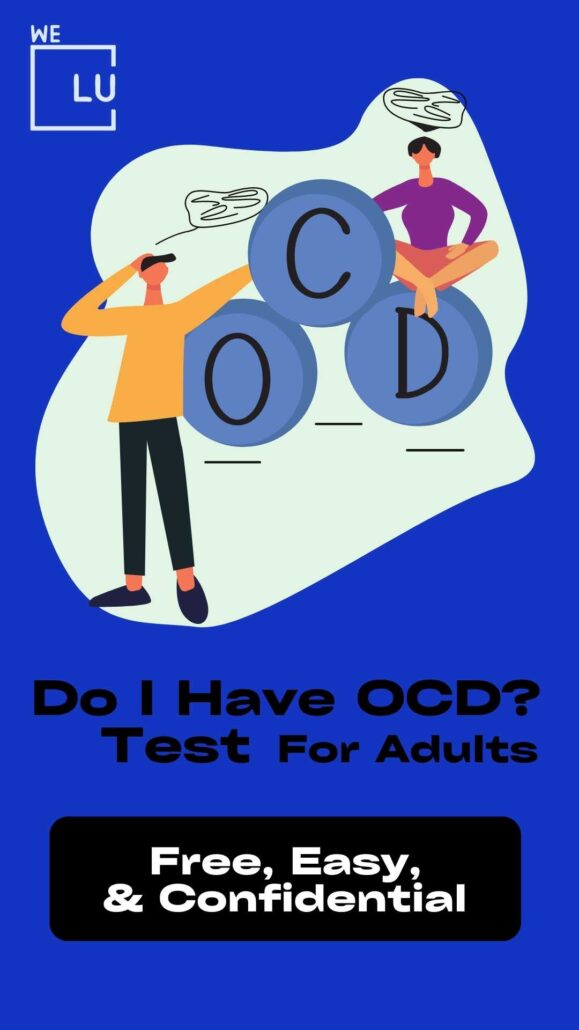
Harm OCD Intrusive Thoughts
Harm OCD intrusive thoughts are distressing and unwanted thoughts that involve causing harm to oneself or others. These thoughts are a hallmark of Harm OCD, a specific subtype of obsessive-compulsive disorder (OCD). It’s essential to note that these thoughts are not reflective of a person’s true desires or intentions but are a result of the OCD mechanism, which fixates on irrational fears and doubts.
- Harming Loved Ones: Unwanted thoughts of causing harm to family or friends.
- Self-Harm: Intrusive thoughts of hurting oneself.
- Violent Acts: Thoughts of committing violent acts against others.
- Loss of Control: Fear of losing control and acting on harmful impulses.
- Disturbing Images: Vivid mental images of harm happening.
- Morality Doubt: Questioning one’s own morality due to these thoughts.
- Reassurance Seeking: Constantly seeking reassurance from others.
- Avoidance: Avoiding triggers to prevent these thoughts.
It’s essential to remember that experiencing these intrusive thoughts does not mean you are a threat to yourself or others. These thoughts are a manifestation of a mental health condition and are not reflective of your true intentions. Seeking help from a mental health professional, particularly one experienced in treating OCD, can provide you with proper guidance, understanding, and effective coping strategies to manage these distressing thoughts.
Harm OCD Treatment at We Level Up Treatment Center
The treatment for Harm OCD, like other subtypes of obsessive-compulsive disorder (OCD), typically involves a combination of therapy, medication, and supportive strategies. It’s cruical to work with a qualified mental health professional who specializes in OCD treatment to create an individualized plan based on your needs. Here are some key components of Harm OCD treatment:
- Cognitive-Behavioral Therapy (CBT): CBT is a highly effective therapy for OCD. Within CBT, Exposure and Response Prevention (ERP) is the primary technique used for OCD. ERP involves exposing yourself to distressing thoughts (exposure) while refraining from engaging in the compulsive behaviors or mental rituals (response prevention) that typically follow. Over time, this helps to weaken the connection between the thoughts and anxiety.
- Medication: Selective serotonin reuptake inhibitors (SSRIs) are commonly prescribed medications for OCD, including Harm OCD. These medications help regulate serotonin levels in the brain and can reduce the intensity of obsessive thoughts and compulsive behaviors. A psychiatrist can guide you through medication options and monitor your progress.
- Mindfulness and Relaxation Techniques: Learning mindfulness and relaxation techniques can help manage anxiety and intrusive thoughts. Techniques such as deep breathing, meditation, and progressive muscle relaxation can be beneficial in reducing overall stress.
- Education and Psychoeducation: Understanding the nature of OCD, the underlying mechanisms, and the distinction between thoughts and intentions is essential. Psychoeducation helps you gain insight into the condition and reduces feelings of shame and guilt.
- Support Groups: Joining a support group or connecting with others who have experienced Harm OCD can offer validation, empathy, and a sense of community. It can also provide an opportunity to share coping strategies and experiences.
- Lifestyle Factors: Incorporating a healthy lifestyle with proper sleep, regular exercise, and a balanced diet can have a positive impact on your overall mental well-being.
- Stress Management: Learning effective stress management techniques can help reduce anxiety that often exacerbates those OCD symptoms.
- Customized Approach: Treatment should be tailored to your specific needs and preferences. Your therapist will work with you to develop strategies that address your individual challenges.
Remember that progress may take time, and setbacks can occur. However, with consistent effort and the guidance of a mental health professional, many individuals with OCD can experience significant relief from their symptoms and improve their quality of life.
Personalized strategies developed at We Level Up Treatment Center will empower you to mitigate the impact of Harm OCD on your daily life and well-being.
Experience Transformative Recovery at the We Level Up Treatment Center.
See our authentic success stories. Get inspired. Get the help you deserve.



Start a New Life
Begin with a free call to a behavioral health treatment advisor. Learn more about our dual-diagnosis programs. The We Level Up treatment center network delivers recovery programs that vary by each treatment facility. Call to learn more.
- Personalized Care
- Caring Accountable Staff
- World-class Amenities
- Licensed & Accredited
- Renowned w/ 5-Star Reviews
We’ll Call You
Popular Harm OCD FAQs
-
What is Harm OCD?
Harm OCD is a subtype of obsessive-compulsive disorder (OCD) characterized by distressing and intrusive thoughts about causing harm to oneself or others, despite having no intent or desire to act on these thoughts.
-
Why Does Harm OCD Feels Like I Want It?
Harm OCD feels like you want it due to the intense anxiety it triggers, even though the thoughts are unwanted and against your true desires.
Watch and Learn About What Is OCD and Take a look at the 4 Most Common Types of OCD
Search What Is Harm OCD? Signs, Symptoms, and Treatment Drug & Alcohol Rehab / Detox & Mental Health Topics & Resources
Sources
[1] NIMH – https://www.nimh.nih.gov/health/topics/obsessive-compulsive-disorder-ocd/index.shtml Learn More: Types of OCD
[2] Obsessive-compulsive disorder. National Institute of Mental Health. https://www.nimh.nih.gov/health/topics/obsessive-compulsive-disorder-ocd/index.shtml. Accessed Sept. 3, 2019. Learn More: Types of OCD
[3] Mental health medications. National Institute of Mental Health. https://www.nimh.nih.gov/health/topics/mental-health-medications/index.shtml#part_149856. Accessed Aug. 13, 2019. Learn More: Types of OCD
[4] AskMayoExpert. Obsessive-compulsive disorder (OCD). Mayo Clinic; 2019. Learn More: Types of OCD
[5] Depression basics. National Institute of Mental Health. https://www.nimh.nih.gov/health/publications/depression/index.shtml. Accessed Sept. 4, 2019. Learn More: Types of OCD
[6] Obsessive-compulsive disorder (OCD). Merck Manual Professional Version. https://www.merckmanuals.com/professional/psychiatric-disorders/obsessive-compulsive-and-related-disorders/obsessive-compulsive-disorder-ocd. Accessed Sept. 3, 2019. Learn More: Types of OCD
[7] Obsessive-compulsive disorder. National Alliance on Mental Illness. https://www.nami.org/Learn-More/Mental-Health-Conditions/Obsessive-compulsive-Disorder/Overview. Accessed Sept. 3, 2019. Learn More: Types of OCD
[8] Suicidality in children and adolescents being treated with antidepressant medications. U.S. Food and Drug Administration. https://www.fda.gov/drugs/postmarket-drug-safety-information-patients-and-providers/suicidality-children-and-adolescents-being-treated-antidepressant-medications. Accessed Aug. 13, 2019. Learn More: Types of OCD
[9] Obsessive-compulsive disorder. In: Diagnostic and Statistical Manual of Mental Disorders DSM-5. 5th ed. American Psychiatric Association; 2013. https://dsm.psychiatryonline.org. Accessed Sept. 3, 2019. Learn More: Types of OCD
[10] Coping with Stress – Centers for Disease Control and Prevention Learn More: Types of OCD
